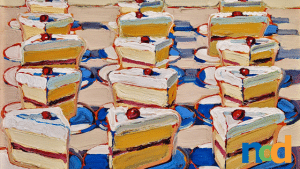Line Control Part 4: Form
by Taylor Slattery | November 10, 2019
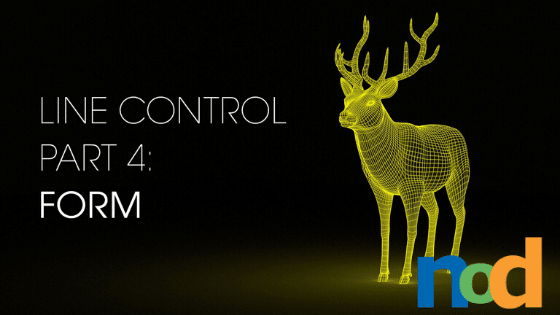
When we draw using only line, if we aren’t careful, our drawings can quickly start to feel flat. If this is what you’re going for, then mission accomplished. But if you’re looking to add a bit more dimension to your work, it can be hard to figure out just what is going wrong. Learning to draw is really about learning to see. We can only effectively communicate on paper concepts that we really understand, so to better represent form in our line-drawings we need to learn to see all of the nuances that help our eyes to understand form. One important visual cue that helps us to understand an object’s form, is the presence of an ellipse, in particular, its degree of visibility. To better understand why, let’s take a look at this diagram here.
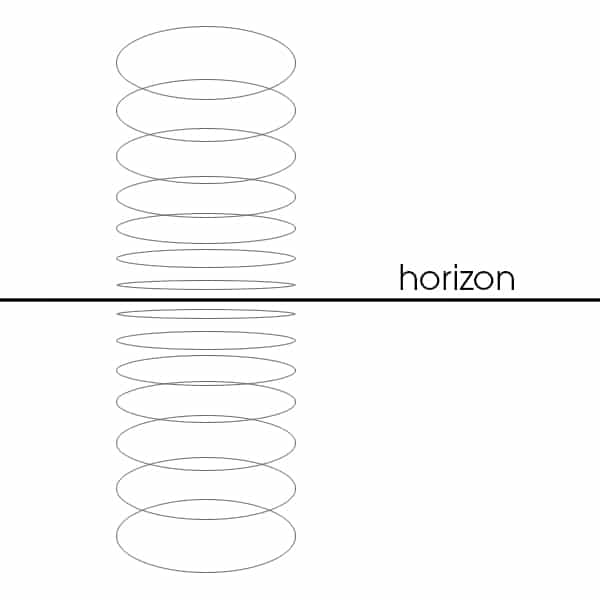
Imagine that we have a perfectly circular piece of paper. If we were to hold it level with our eyes, in the middle of our field of vision, it would appear simply as a line. If we were to raise or lower it from that position, we would begin to see one of its sides. The further it moves from the horizon, or our eye level, the more of it we would see, and the easier it becomes to understand its shape.
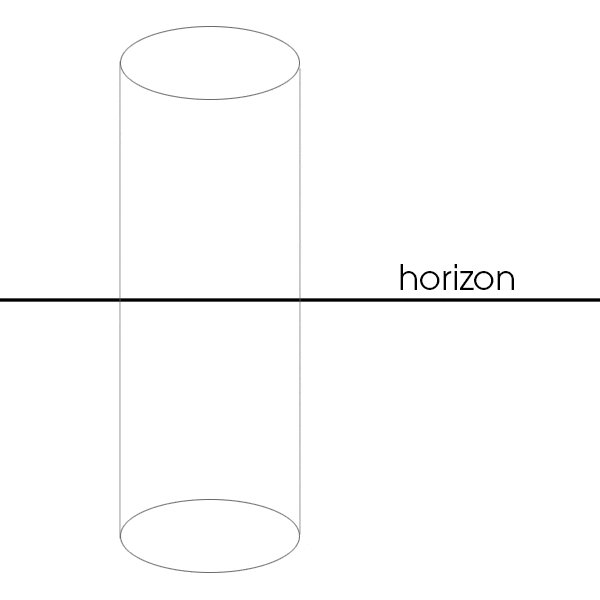
Now let’s take the ellipses from the previous example and give them some sides. As the sides disappear, we can see that the presence of the ellipse provides us with just enough information to interpret the lines as having a 3-dimensional form. Take them away, and the illusion disappears. So how do we use this knowledge to inform our line drawings? When drawing complex 3D forms, it helps to think of them as being made up of combinations of primitive shapes, of which there are only four.
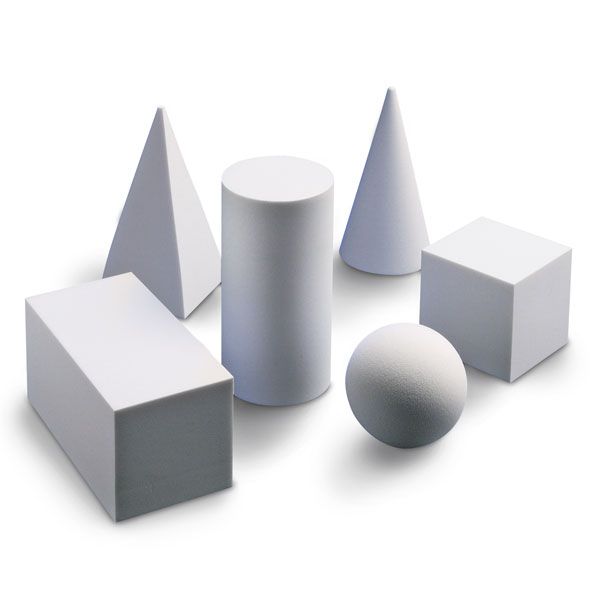
Within organic forms, like the human body, many of its parts resemble cylinders. Thinking of the neck, torso, arms, and legs as cylinders with varying widths will help to illuminate the possibilities for communicating form.
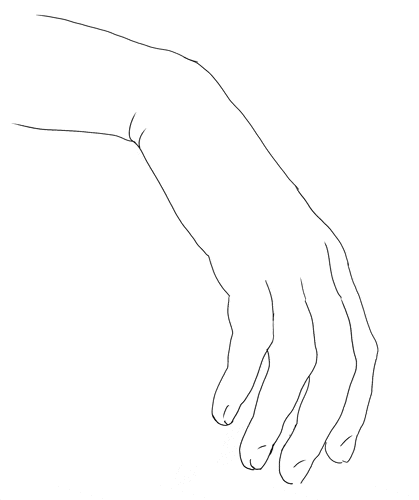
Like we saw in the example above, when an ellipse is more open, it becomes easier to understand. When drawing a person, there are many open-degree ellipses found in things like sleeves, collars, shoes, bracelets, and watches all present an opportunity to emphasize the cylindrical form they wrap. This simple exploit can go a long way to giving your drawing a stronger feeling of form.
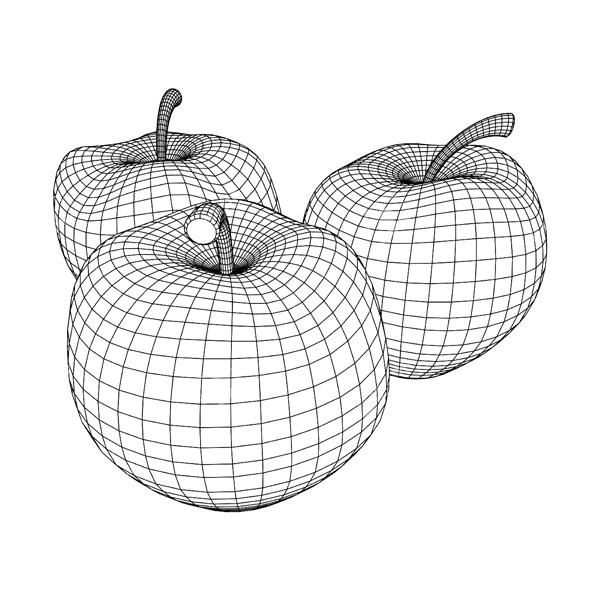
It’s important to make every stroke count. Even tertiary details can help to communicate form if they’re applied in a thoughtful manner. Try to imagine the shapes as having wireframes, like a 3D software. Even small surface details can communicate form if they adhere to some sort of logic, and applying them along an imaginary wireframe takes the guesswork out of the equation.
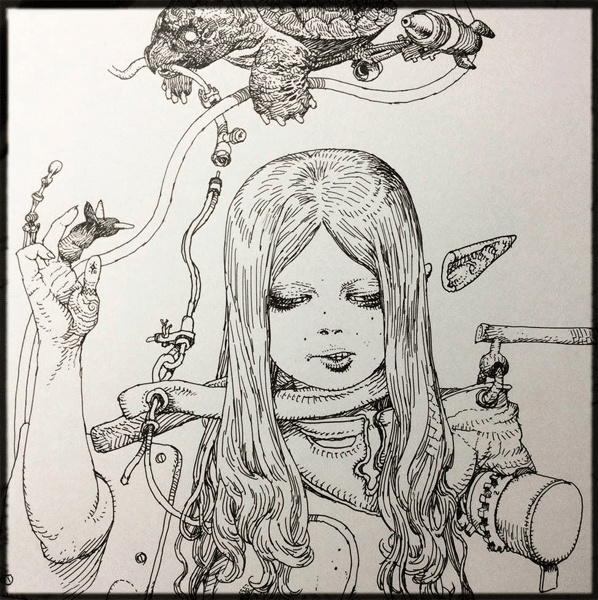
Take a look at this example by Katsuya Terada. Here we can see that he uses the edges of most of his surfaces to hint at that objects’ underlying form. It only takes a few well-placed scratches to give the impression of a musculature or show the rounded edge of a cylinder, so always be on the lookout for these opportunities in your own drawings.

Taylor is the Managing Editor of Notes on Design. Taylor is a graphic designer, illustrator, and Design Lead at Weirdsleep.
For creatives seeking a thorough training in illustration and graphic design, Sessions College offers accredited fully online illustration certificate and illustration degree programs. Contact Admissions for more information.






